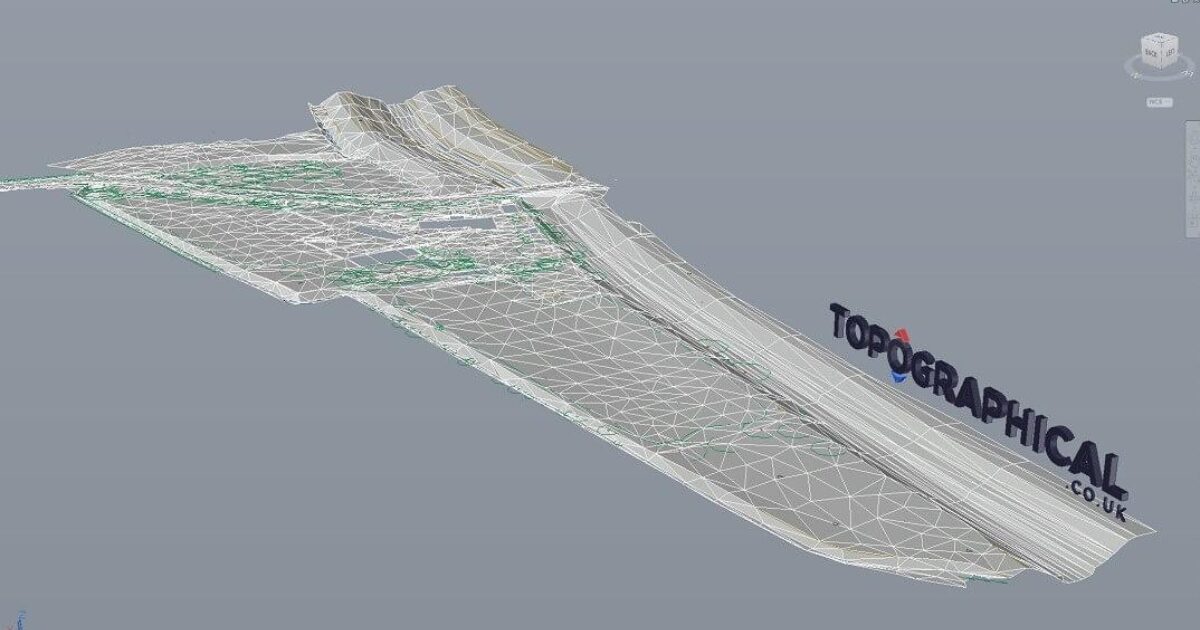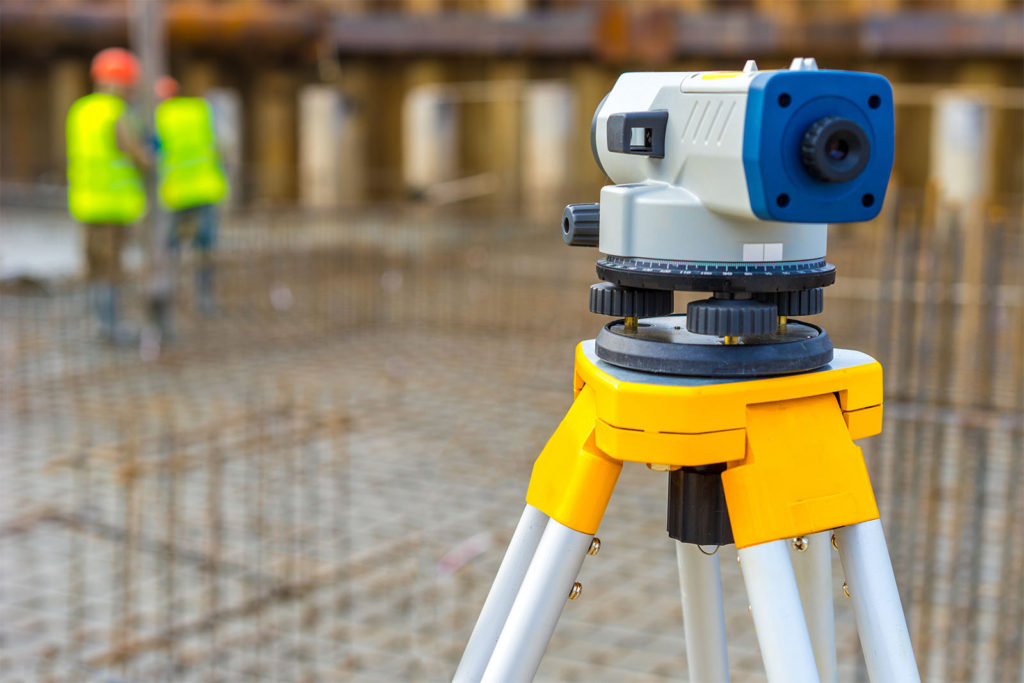Measured Building Surveying for Real Estate and Architectural Projects
Measured Building Surveying for Real Estate and Architectural Projects
Blog Article
Necessary Tools and Strategies in Laying Out Design
The self-control of setting out design depends greatly on a collection of essential devices and methods that underpin the precision and effectiveness of job execution. Instruments such as property surveyor's degrees, complete terminals, and progressed GPS modern technology are essential for establishing specific reference points. In addition, the assimilation of typical techniques with contemporary techniques, including geospatial analysis and 3D modeling, provides considerable advantages in envisioning site conditions. Recognizing how these aspects interact is important for boosting and decreasing mistakes job outcomes, yet the subtleties of their application usually remain forgotten. What ramifications does this hold for future engineering methods?
The Value of Accurate Dimensions

The significance of accurate dimensions prolongs beyond plain conformity; they are essential to the total performance of engineering procedures. Errors can lead to material waste, task delays, and enhanced labor costs, ultimately affecting the job's bottom line. In addition, accurate measurements enhance the high quality of the end product, making sure that it does as intended and meets the expectations of stakeholders - setting out engineering.
Furthermore, the significance of precise dimensions is evident in various design techniques, consisting of civil, mechanical, and electrical design. Hence, promoting a society that prioritizes accuracy is essential for the future of design.
Essential Devices for Establishing Out
Setting out, a vital phase in the design and building process, depends greatly on certain devices that ensure accurate place and alignment of structures. Among these devices, the surveyor's degree stands out, offering specific horizontal measurements vital for developing recommendation points. This tool allows designers to identify elevation changes and keep uniformity across the project website.
The total amount terminal is an additional indispensable device, integrating electronic distance measurement with angular dimension capacities. This modern technology boosts performance and precision in catching spatial data, permitting for reliable site design and planning.
In addition, the use of measuring tapes and noting devices, such as chalk lines or risks, is basic for briefly noting boundaries and critical points on the site. These basic devices, though straightforward, are crucial for ensuring clear communication amongst the building group relating to task specifications.
Finally, general practitioner innovation has gained grip in laying out procedures, supplying real-time positioning information and substantially improving accuracy over conventional methods. Jointly, these necessary devices form the backbone of efficient laying out methods, inevitably adding to the effective execution of engineering and building and construction jobs.
Advanced Evaluating Strategies
Advanced surveying methods play a pivotal duty in improving the precision and efficiency of engineering tasks. These strategies encompass a variety of methodologies that give accurate information for layout and construction. Traditional methods, such as leveling and triangulation, have actually advanced into more innovative strategies, including Overall Terminal surveys and Worldwide Navigation Satellite Systems (GNSS)
Complete Station devices integrate digital theodolites with range dimension capacities, enabling land surveyors to accumulate specific area data with fantastic speed. This technology significantly decreases errors connected with hands-on dimensions and offers real-time information handling. Moreover, GNSS provides exceptional accuracy for large-scale projects by utilizing satellite signals to identify find out exact positioning, which is essential for aligning structures and ensuring compliance with layout specifications.
In enhancement to these devices, progressed methods likewise integrate geospatial analysis and 3D modeling. These techniques allow engineers to envision terrain and site problems better, facilitating much better decision-making throughout the preparation phase. By employing these sophisticated checking techniques, design jobs can accomplish greater precision in format, lower rework, and inevitably enhance overall project success.
Digital Innovation in Engineering
The combination of electronic innovation has actually revolutionized engineering practices, enhancing both productivity and precision across different self-controls. Tools such as Building Information Modeling (BIM) facilitate the visualization and monitoring of intricate jobs, enabling engineers to collaborate seamlessly and make educated choices. This innovation allows the creation of detailed 3D versions, which can be examined for architectural stability and efficiency prior to building begins.

The application go to the website of artificial intelligence and artificial intelligence in engineering processes better improves predictive upkeep and optimization of resources. These technologies make it possible for the analysis of vast information sets, leading to far better forecasting and boosted job outcomes. On the whole, electronic technology is improving the engineering landscape, driving technology, and making certain that jobs are completed with better effectiveness and decreased threat. As the market continues to advance, accepting these tools will certainly be vital for future success.
Best Practices for Application
When applying digital modern technology in engineering, it is important to develop a strategic technique that straightens with project goals and organizational abilities. A comprehensive evaluation of existing operations and modern technology infrastructure is necessary to recognize gaps and opportunities for enhancement. Involving stakeholders early while doing so fosters partnership and guarantees that the innovation fulfills individual demands.

Project managers need to embrace a repetitive application approach, allowing for modifications based upon real-time comments and efficiency evaluations. This agile method not just minimizes threats but also promotes continuous improvement by integrating lessons discovered.
Final Thought
Finally, the assimilation of essential tools and advanced techniques in setting out engineering is important for making sure accuracy in dimensions and effective job execution. Utilizing tools such as property surveyor's degrees, overall stations, and GPS technology, alongside modern surveying approaches, boosts precision and minimizes the possibility of errors. Adopting ideal techniques in execution better optimizes these processes, ultimately promoting boosted task end results in the design and building industries.
The discipline of establishing out design depends heavily on a collection of crucial devices and methods that underpin the accuracy and performance of job execution.Furthermore, the relevance of exact measurements is site web noticeable in numerous engineering disciplines, consisting of civil, mechanical, and electric engineering. By using these sophisticated surveying methods, engineering tasks can achieve better precision in format, minimize rework, and ultimately boost general task success.
Generally, digital modern technology is reshaping the design landscape, driving advancement, and guaranteeing that tasks are completed with better efficiency and lowered threat (setting out engineering).In final thought, the integration of crucial devices and progressed methods in setting out design is vital for making certain precision in dimensions and successful task execution
Report this page